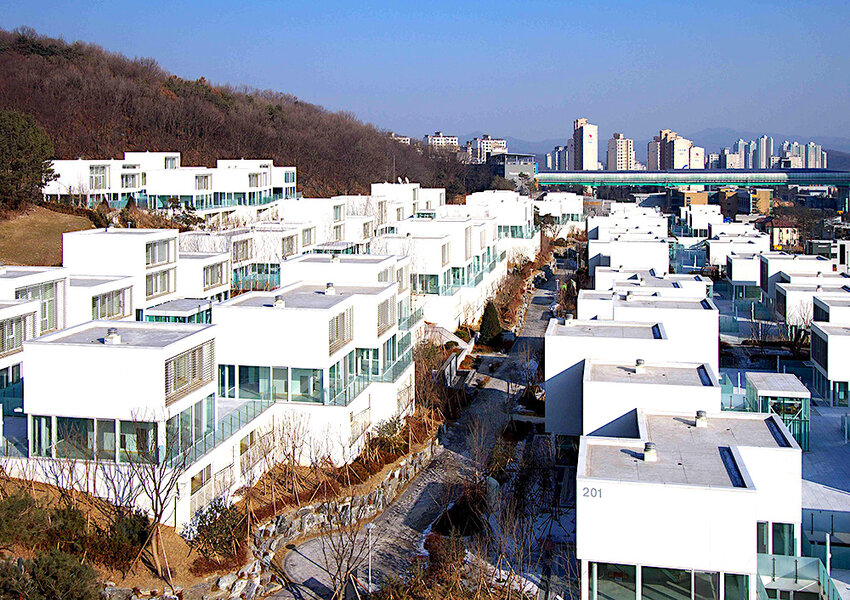An award for architecture that unifies
Loading...
In a poll of some 1,500 global leaders last year, nearly half said societal polarization will present a major crisis in 2024. And in a new book on “social poverty” in the United States, Seth Kaplan – an expert on fragile societies – wrote that “the social decay we are experiencing in neighborhoods across America is unlike anything I have seen elsewhere.” Perhaps with that bleak picture in mind, the jury for the Pritzker Architecture Prize gave the world’s highest award in the field this year to Japan’s Riken Yamamoto. His five decades of designs, from homes to museums, are known for inviting people to connect and create a spirit of community.
“One of the things we need most in the future of cities is to create conditions through architecture that multiply the opportunities for people to come together and interact,” said Alejandro Aravena, head of the prize’s jury and himself a Pritzker winner. Mr. Yamamoto “brings dignity to everyday life. Normality becomes extraordinary. Calmness leads to splendor.”
One of his most famous designs is of a fire station in Hiroshima. Its walls and floors are largely transparent. The public can see the daily activities of firefighters, enabling trust in their work. In South Korea, he designed nine clusters of houses with common decks as well as ground floors that are virtually transparent. The complex helps counteract loneliness and encourages interaction.
His designs for schools are known for their open common areas and glass walls that break down isolation and foster collaboration. For a new city hall in Fussa, Japan, he had the outside walls slope gently into grass and brick areas, making the building inviting for residents. A commercial center at the Swiss airport in Zurich was designed to welcome local residents to mingle with air travelers.
At a young age while globe-trotting, Mr. Yamamoto focused on how cohesive societies carefully manage the “threshold” between private and public spaces, preserving individual privacy yet enhancing neighborly bonds. Front porches on homes – an African idea brought to the U.S. by enslaved people – is one example.
“We can still honor the freedom of each individual while living together in architectural space as a republic, fostering harmony across cultures and phases of life,” he said.
The Pritzker jury stated that his designs do not dictate activities but rather enable “people to shape their own lives within his buildings with elegance, normality, poetry and joy.” They make a community visible to itself, as Mr. Yamamoto puts it. They are also a reminder of what qualities it takes to repair polarized societies.







